Tag: featured
-
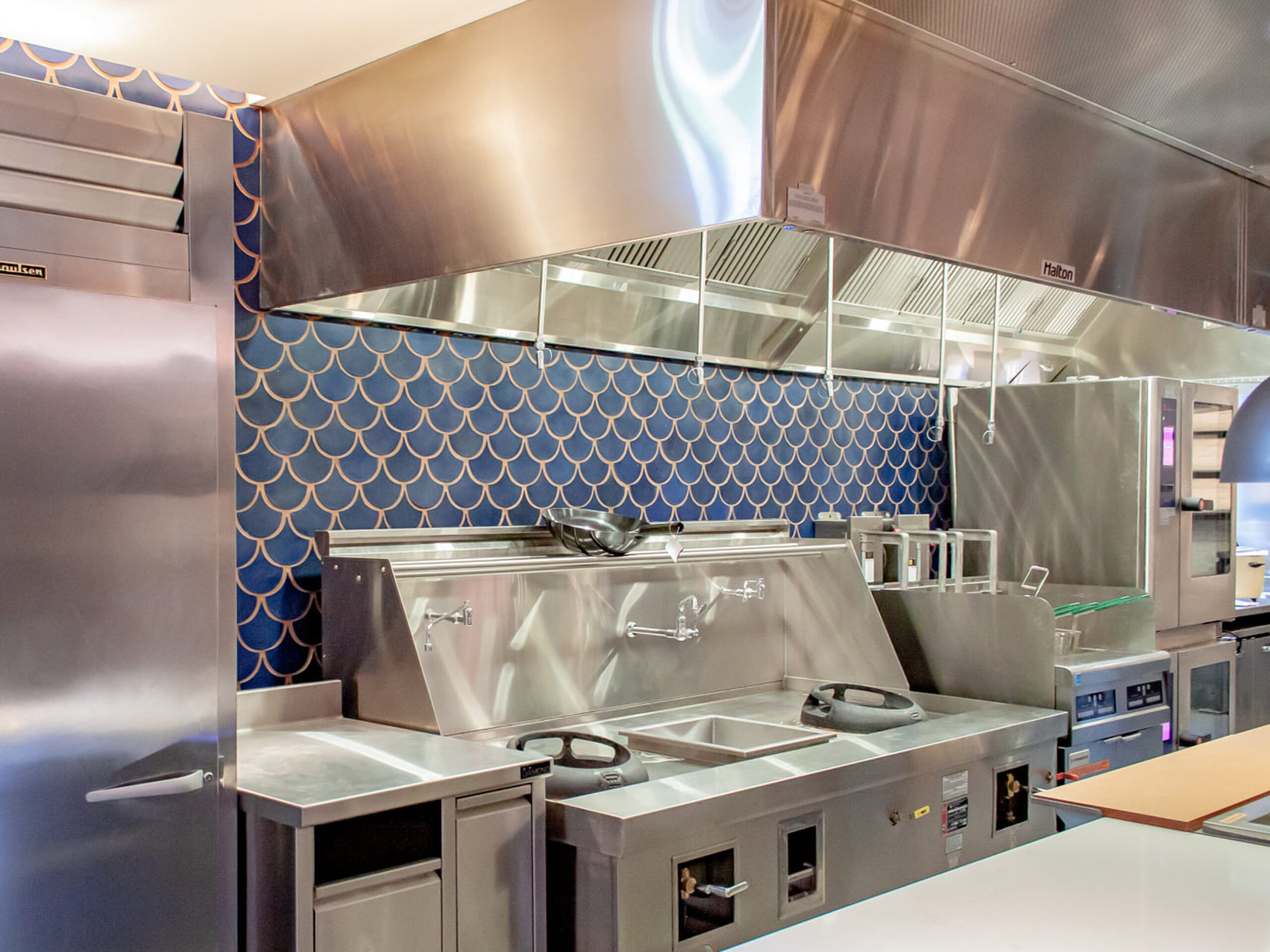
How NFPA 96 (National Fire Protection Association) and IMC (International Mechanical Code) Chapter 5 intersect.
NFPA 96 (National Fire Protection Association) and IMC (International Mechanical Code) Chapter 5 both play significant roles in regulating commercial kitchen ventilation systems. While they are separate documents, they often complement each other and address different aspects of commercial kitchen ventilation. NFPA 96 establishes standards for the installation of commercial kitchen ventilation systems and fire…
-
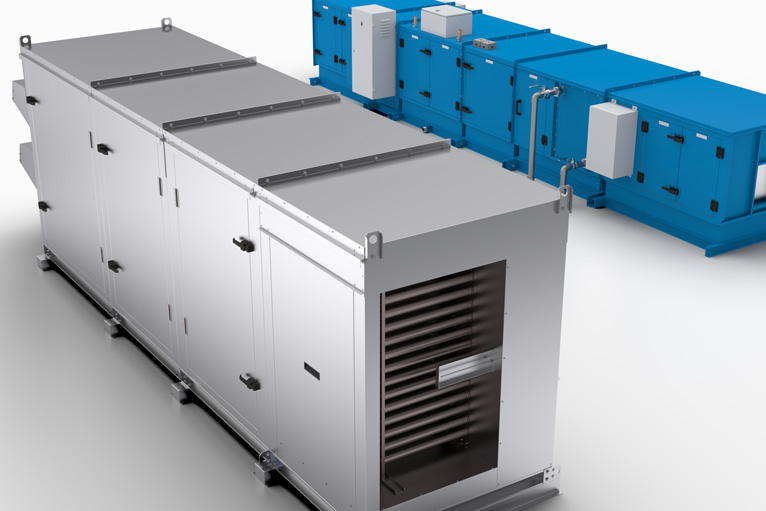
Heat Recovery in Commercial Kitchens
With the energy intensity of commercial kitchens, there are some significant opportunities to recover waste heat, save energy and reduce your carbon footprint. The most obvious area to recover heat is the kitchen exhaust hood. The typical temperature coming off the exhaust collar is approximately 100⁰ F. Recapturing that heat has its challenges since the…
-
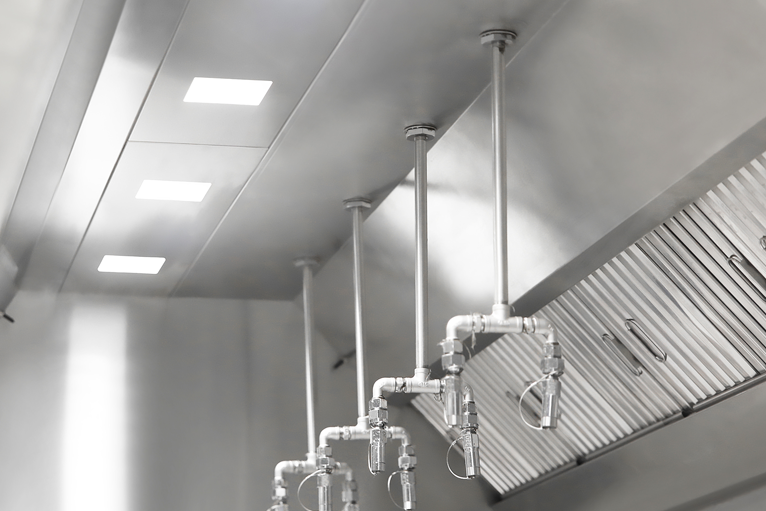
Replacing Fusible Links in Life Safety Systems
The National Fire Protection Association reports that in 2017 there were 499,000 structure fires. 72% of these fires occurred in residential occupancies leaving a remaining 139,720 in occupancies other than residential. While property damage resulting from these fires was in the billions the focus of this article is protection of life safety in commercial and…
-
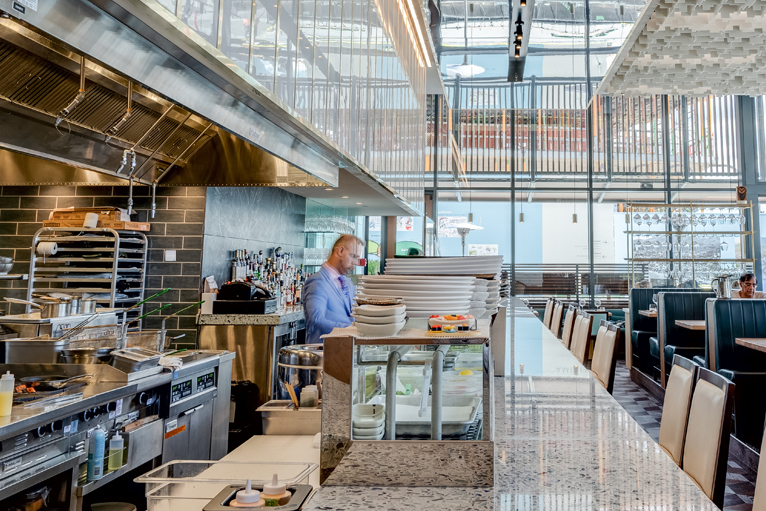
Why Is Indoor Environmental Quality Important in Commercial Restaurants?
Thermal comfort is typically used when we are discussing how staff and customers feel in a restaurant and is typically evaluated using measures such as the temperature and relative humidity in the space. Indoor air quality is typically used to define how “clean” the air is that the staff and customers are breathing in a…
-
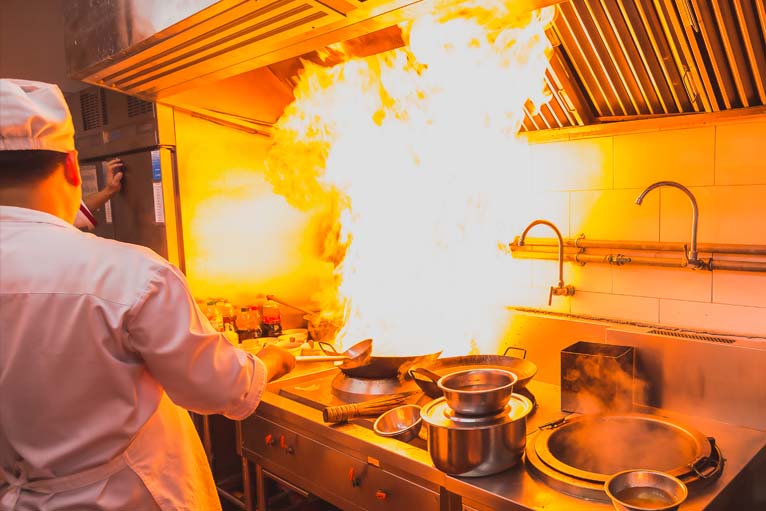
Fire Safety in Commercial Kitchens
Fire safety in commercial kitchens is mandated by code. It makes sense simply from a practical standpoint to embrace fire safety to preserve life and prevent property loss. A quick overview of the leading cause of fires in restaurants’ ventilation systems is presented here. In addition, why do they happen, and are they preventable? According to…
-
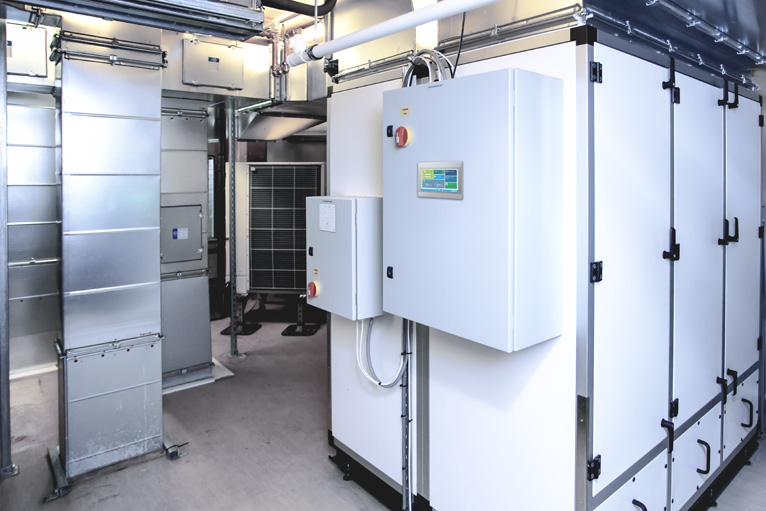
New Approaches For Recirculating Systems in Kitchen Ventilation
Recirculating systems or ductless hoods have typically had limited capacity on the type of appliances they serve. In addition, the connected power of the appliance was limited by what the device was tested under to obtain its U.L. 710B certification. Similar to ducted exhaust hoods, when recirculating systems are tested, the results of those tests…
-
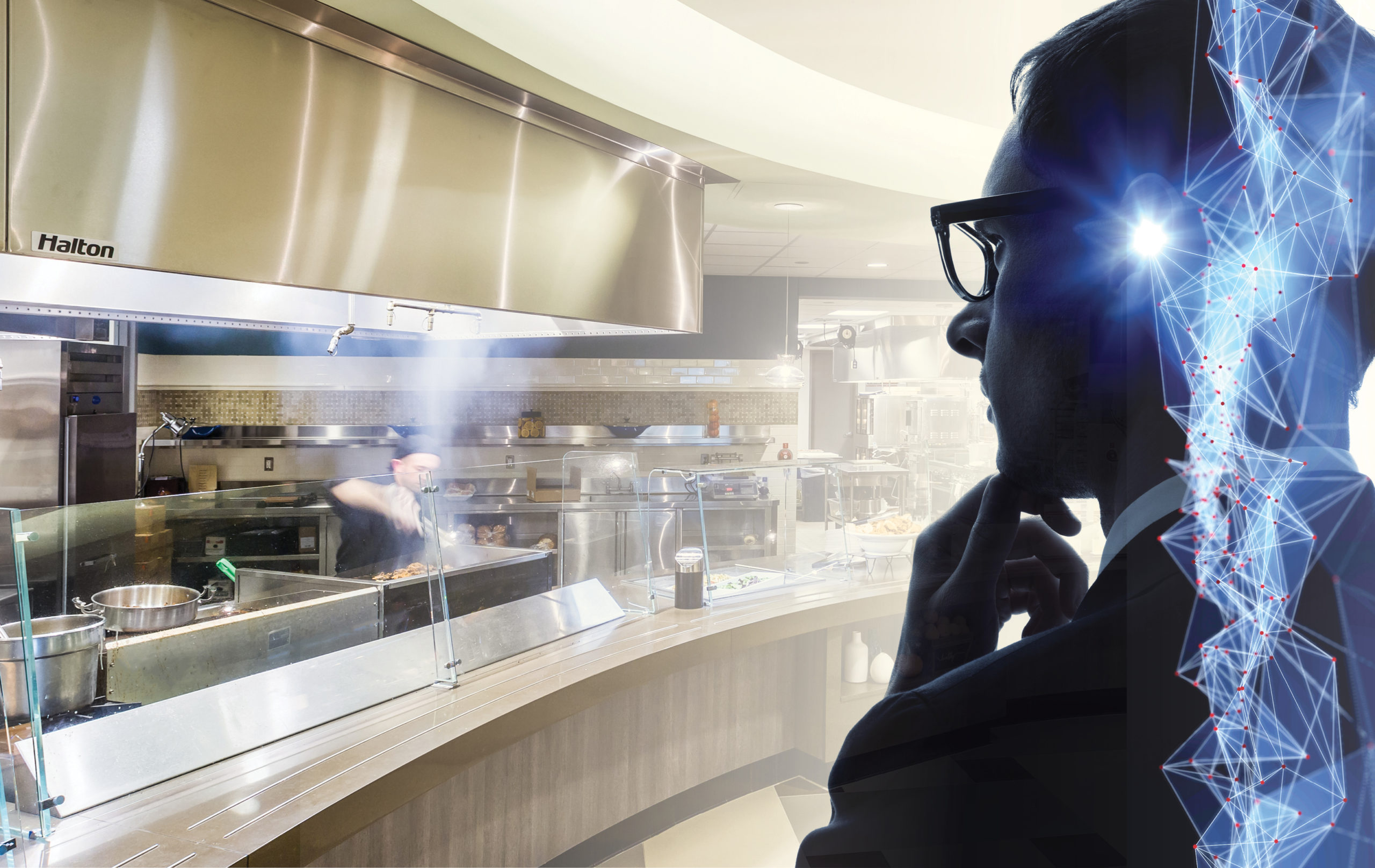
System Neurology of a Kitchen Ventilation System
Ok, I’ll admit, I made up the fancy title to pique the interest of the engineering crowd. It has a nice bio-medical ring to it. However, I thought it was somewhat appropriate, given that this article will be discussing the connections and control sequences for commercial kitchen ventilation (CKV) systems. Several components make up a…
-
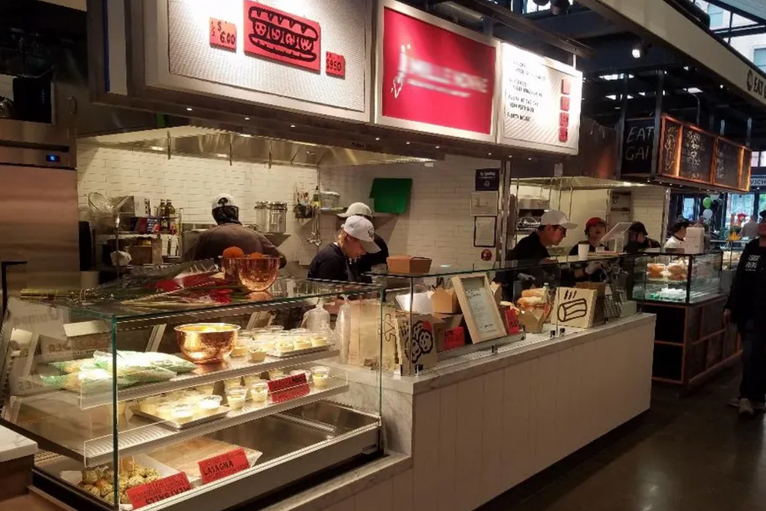
How to design kitchen ventilation flexibility into Food Halls and Mixed-Use Retail properties.
Vendor spaces in Food Halls or Mixed-Use Retail properties have significant logistical and infrastructure challenges. Creating spaces for foodservice operations before the vendor(s) have been identified while maintaining a high degree of infrastructure flexibility would be the goal, but often can fall short. Depending on the Food Halls or Mixed-Use property location, a secondary concern…
-
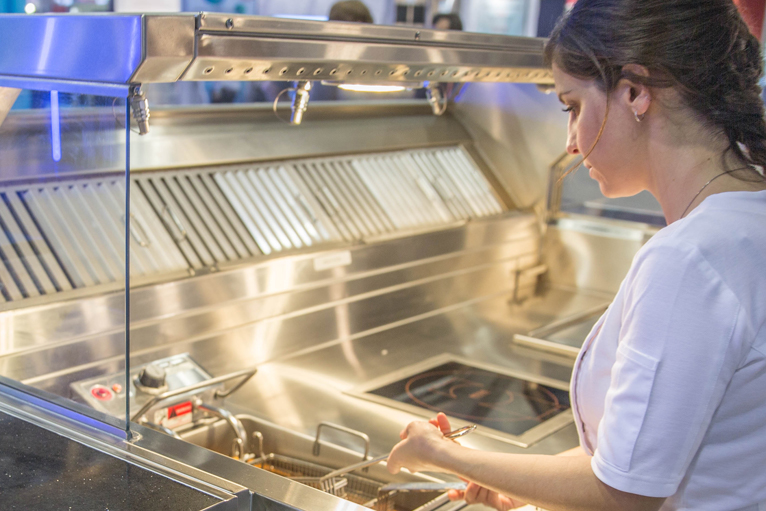
Advantages and Limitations of Ventless Solutions for Commercial Kitchen Ventilation
When designing a kitchen ventilation system, there may be a location where it is not cost-effective to run ductwork to the exterior of the building. This approach should always be the first consideration. In the absence of a practical means of ducting the kitchen exhaust, a ventless solution also known as a ductless solution can…
-
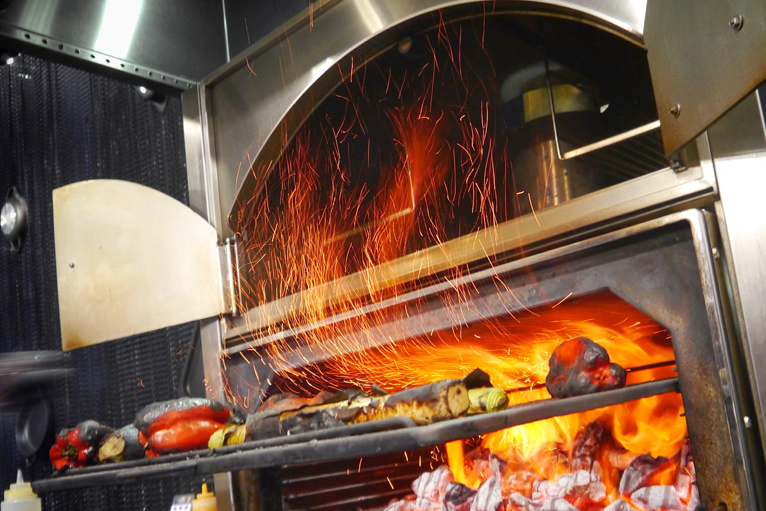
What are Best Practice Recommendation and Requirements for Solid Fuel Cooking in Kitchen Ventilation
Solid fuel cooking is defined by the International Mechanical Code as “any bulk material such as hardwood, mesquite, charcoal or briquettes that is combusted to produce heat for cooking operations.” This type of cooking is typically used to cook proteins (such as steaks, hamburgers, and chicken). The types of effluent emitted from solid fuel applications…
